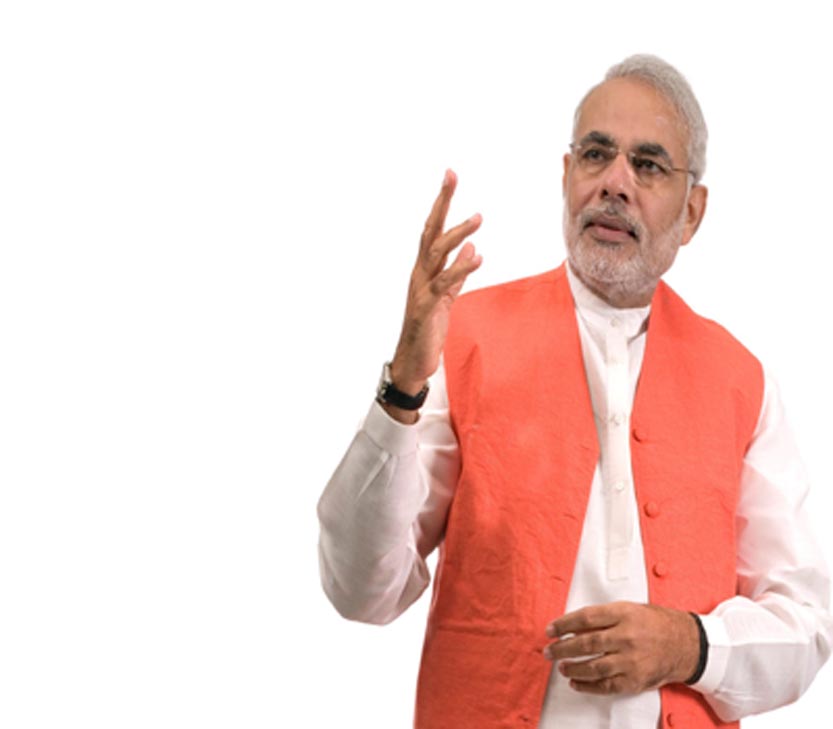
Jan 17, 2015 Agencies : So finally we have a clear idea of what Narendra Modi’s vision of the state is. His speech at the ET Global Business
Summit yesterday (16 January) gave the first indication that his pet maxim, Minimum Government, Maximum Governance, was not just about the size of the council of ministers or merely cutting red tape and promoting e-enabled governance. It also some economic philosophy behind it.The state, he said, was needed for just five things:Public goods such as defence, police, and judiciary.A regulatory system for negative externalities.Checking monopolies.To plug information gaps and ensure people can make informed choices.A well-designed welfare and subsidy mechanism to ensure that the poor are not deprived of basic services, especially education and healthcare.This is a marked – and refreshingly welcome - departure from the overburdened welfare state paradigm that held the country down for a little under 68 years since independence. The state had spread itself thin over so many areas that it has not been able to be effective in the areas where it is needed the most. His lament that 20 years of liberalisation have not resulted in a dismantling of the command and control mindset, which thinks it is all right for the government to meddle in business, is spot on, and something not even the architect of reforms, Manmohan Singh, admitted.But Modi also indicated that his government would not go to the other extreme, removing all checks on businesses. That could disappoint free market fundamentalists and unscrupulous businessmen on the make, but that caution is required.Heartening and hope-inducing as these words are, Modi needs to be held to account for some inconsistencies between what he says and what his government does.If, as Modi said, the government has no business to be in business (an idea first articulated in India by the Swatantra Party in its 1962 election manifesto) and “there are many parts of the economy where the private sector will do better and deliver better”, why is his government not privatising Air India, Mahanagar Telephone Nigam Ltd, Bharat Sanchar Nigam Ltd, etc? Not only are these the three biggest loss-making public sector undertakings, they are also in sectors where there is a robust private sector presence.Yes, many private sector airline companies are facing rough weather, but there is a problem with the sector as a whole, and if inefficient private sector airlines are going bust, why should Air India be put on artificial life support with taxpayers’ money and scarce government non-financial resources be diverted to run it?Modi will have to explain how his words square with his government continuing with the UPA government’s policy on public sector disinvestment – that it will not privatise profit-making companies but only loss-making ones. Should the government continue to make textiles, lubricants and insecticides just because the public sector companies in these sectors are profitable? How does Modi’s speech reconcile with the appointment of a committee to look into whether surpluses of cash-rich public sector companies can be used to revive loss-making ones?There can be no issue with the call for a well-designed welfare and subsidy mechanism to give the poor a helping hand. But his statement that “we need to cut subsidy leakages, not subsidies themselves” is slightly problematic. We
actually need to do both.Cutting subsidies does not mean denying the poor subsidies; it can also come with sharply targeting subsidies towards them, an issue Modi dwelt on at length. (That brings up the question, why is his government not going back to the nine-cylinder cap on subsidised cooking gas that the UPA first implemented and then junked before the May elections?. The poor, when they do use cooking gas, rarely consume 12 cylinders a year; it is the well-off who do.) Clearly identifying the target group and plugging leakages requires a total overhaul of the current subsidy regime. It will require a jettisoning of the price-distorting model that is currently followed.The Modi government has been over-cautious on this score and even the terms of reference of the Bimal Jalan-headed Expenditure Management Commission are really about suggesting ways for more efficiency in the delivery of subsidies than of a comprehensive reform. According to this report in the Indian Express, the Jalan committee has suggested extending direct benefits transfer to cover almost all government subsidies and welfare payments, but this still does not address the issue of targeting, though it might address the issue of market and price distortions.In the case of food subsidies, can direct benefits transfer coexist with the minimum support price (MSP) regime, which ends up compelling the government to buy foodgrains from farmers far in excess of buffer stock requirements? If the poor are to get cash and not grains from the public distribution system, what happens to this foodgrain stockpile which otherwise would have been used for the public distribution system? This is a conundrum the government will have to wrestle with.Identifying the target group and ensuring subsidies go only to them will mean excluding a whole lot of people who are currently enjoying subsidies undeservedly. This is a politically difficult call, as can be seen from the delay in implementing the National Food Security Act, which involves identifying the poor and excluding the non-poor, many of whom are availing themselves of subsidised food from the public distribution system. If the Modi government manages to pull this off, then it will deserve a huge round of applause.Modi also spoke about education as one of the areas where there is need for a well-designed welfare mechanism. Hopefully, this will not lead to more government schools, with their patchy record in performance. There is one step his government can take to help the poor get education and also jettison the command and control mindset. It can do a review of the Right to Education Act and get rid of provisions that have sounded the death-knell for thousands of small-budget private schools which cater to the poor more efficiently than government schools do. These schools have closed because rules framed under the Act require them to provide infrastructure and facilities that they just cannot provide because of where they are located and the low fees they charge. These schools are the small and medium segment of the education sector and they need to be freed of the licence raj as much as small and medium enterprises in the manufacturing sector.Hopefully, Modi’s vision of the minimal state will force his government to look at everything that is inconsistent with that vision and bring about a complete overhaul of the state. The speech is a good starting point for that.
Summit yesterday (16 January) gave the first indication that his pet maxim, Minimum Government, Maximum Governance, was not just about the size of the council of ministers or merely cutting red tape and promoting e-enabled governance. It also some economic philosophy behind it.The state, he said, was needed for just five things:Public goods such as defence, police, and judiciary.A regulatory system for negative externalities.Checking monopolies.To plug information gaps and ensure people can make informed choices.A well-designed welfare and subsidy mechanism to ensure that the poor are not deprived of basic services, especially education and healthcare.This is a marked – and refreshingly welcome - departure from the overburdened welfare state paradigm that held the country down for a little under 68 years since independence. The state had spread itself thin over so many areas that it has not been able to be effective in the areas where it is needed the most. His lament that 20 years of liberalisation have not resulted in a dismantling of the command and control mindset, which thinks it is all right for the government to meddle in business, is spot on, and something not even the architect of reforms, Manmohan Singh, admitted.But Modi also indicated that his government would not go to the other extreme, removing all checks on businesses. That could disappoint free market fundamentalists and unscrupulous businessmen on the make, but that caution is required.Heartening and hope-inducing as these words are, Modi needs to be held to account for some inconsistencies between what he says and what his government does.If, as Modi said, the government has no business to be in business (an idea first articulated in India by the Swatantra Party in its 1962 election manifesto) and “there are many parts of the economy where the private sector will do better and deliver better”, why is his government not privatising Air India, Mahanagar Telephone Nigam Ltd, Bharat Sanchar Nigam Ltd, etc? Not only are these the three biggest loss-making public sector undertakings, they are also in sectors where there is a robust private sector presence.Yes, many private sector airline companies are facing rough weather, but there is a problem with the sector as a whole, and if inefficient private sector airlines are going bust, why should Air India be put on artificial life support with taxpayers’ money and scarce government non-financial resources be diverted to run it?Modi will have to explain how his words square with his government continuing with the UPA government’s policy on public sector disinvestment – that it will not privatise profit-making companies but only loss-making ones. Should the government continue to make textiles, lubricants and insecticides just because the public sector companies in these sectors are profitable? How does Modi’s speech reconcile with the appointment of a committee to look into whether surpluses of cash-rich public sector companies can be used to revive loss-making ones?There can be no issue with the call for a well-designed welfare and subsidy mechanism to give the poor a helping hand. But his statement that “we need to cut subsidy leakages, not subsidies themselves” is slightly problematic. We
actually need to do both.Cutting subsidies does not mean denying the poor subsidies; it can also come with sharply targeting subsidies towards them, an issue Modi dwelt on at length. (That brings up the question, why is his government not going back to the nine-cylinder cap on subsidised cooking gas that the UPA first implemented and then junked before the May elections?. The poor, when they do use cooking gas, rarely consume 12 cylinders a year; it is the well-off who do.) Clearly identifying the target group and plugging leakages requires a total overhaul of the current subsidy regime. It will require a jettisoning of the price-distorting model that is currently followed.The Modi government has been over-cautious on this score and even the terms of reference of the Bimal Jalan-headed Expenditure Management Commission are really about suggesting ways for more efficiency in the delivery of subsidies than of a comprehensive reform. According to this report in the Indian Express, the Jalan committee has suggested extending direct benefits transfer to cover almost all government subsidies and welfare payments, but this still does not address the issue of targeting, though it might address the issue of market and price distortions.In the case of food subsidies, can direct benefits transfer coexist with the minimum support price (MSP) regime, which ends up compelling the government to buy foodgrains from farmers far in excess of buffer stock requirements? If the poor are to get cash and not grains from the public distribution system, what happens to this foodgrain stockpile which otherwise would have been used for the public distribution system? This is a conundrum the government will have to wrestle with.Identifying the target group and ensuring subsidies go only to them will mean excluding a whole lot of people who are currently enjoying subsidies undeservedly. This is a politically difficult call, as can be seen from the delay in implementing the National Food Security Act, which involves identifying the poor and excluding the non-poor, many of whom are availing themselves of subsidised food from the public distribution system. If the Modi government manages to pull this off, then it will deserve a huge round of applause.Modi also spoke about education as one of the areas where there is need for a well-designed welfare mechanism. Hopefully, this will not lead to more government schools, with their patchy record in performance. There is one step his government can take to help the poor get education and also jettison the command and control mindset. It can do a review of the Right to Education Act and get rid of provisions that have sounded the death-knell for thousands of small-budget private schools which cater to the poor more efficiently than government schools do. These schools have closed because rules framed under the Act require them to provide infrastructure and facilities that they just cannot provide because of where they are located and the low fees they charge. These schools are the small and medium segment of the education sector and they need to be freed of the licence raj as much as small and medium enterprises in the manufacturing sector.Hopefully, Modi’s vision of the minimal state will force his government to look at everything that is inconsistent with that vision and bring about a complete overhaul of the state. The speech is a good starting point for that.
No Comments For This Post, Be first to write a Comment.
Most viewed from Specials
Most viewed from World
AIMIM News
Latest Urdu News
Most Viewed
May 26, 2020
Can Lionel Messi's visit boost Indian football?
Latest Videos View All
Like Us
Home
About Us
Advertise With Us
All Polls
Epaper Archives
Privacy Policy
Contact Us
Download Etemaad App
© 2026 Etemaad Daily News, All Rights Reserved.

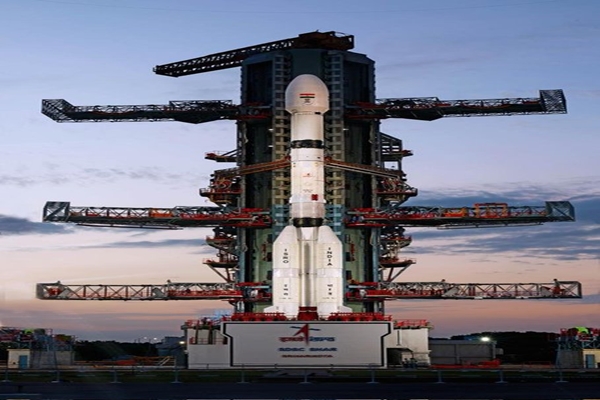
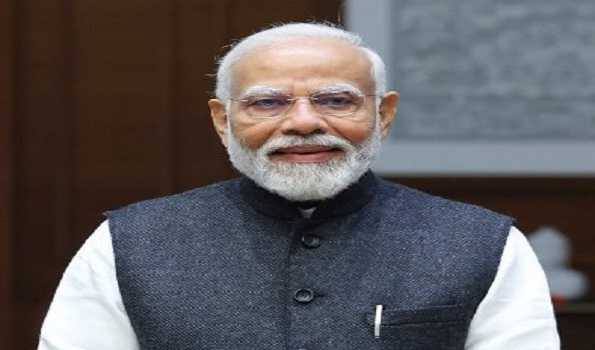
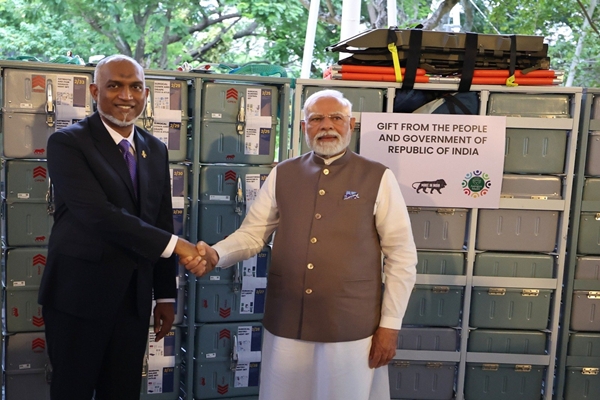
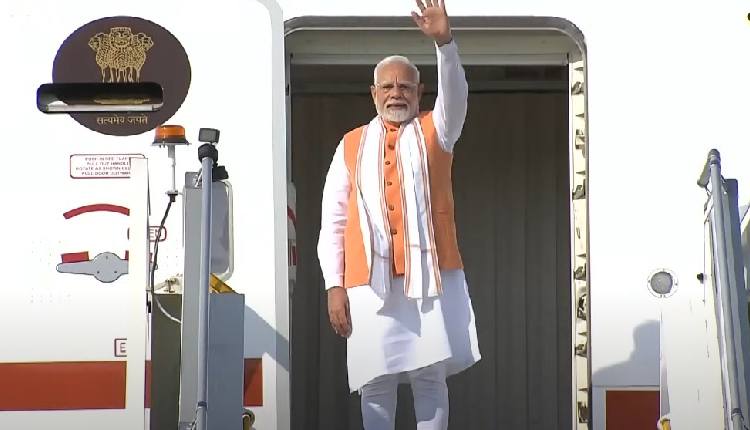
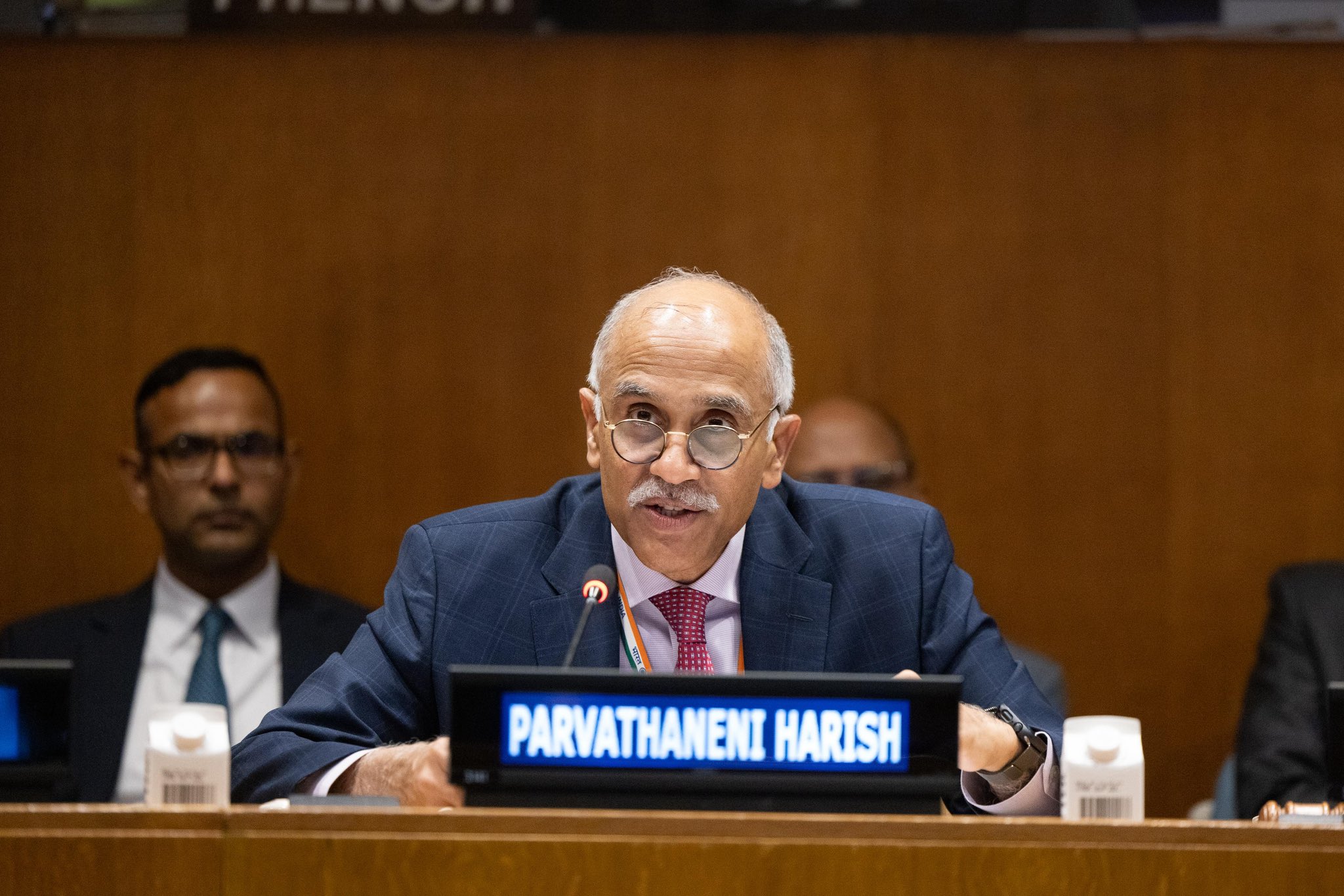
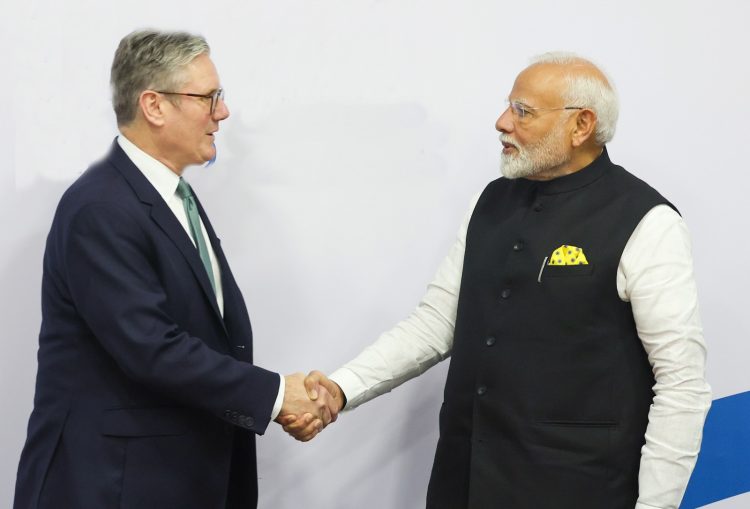
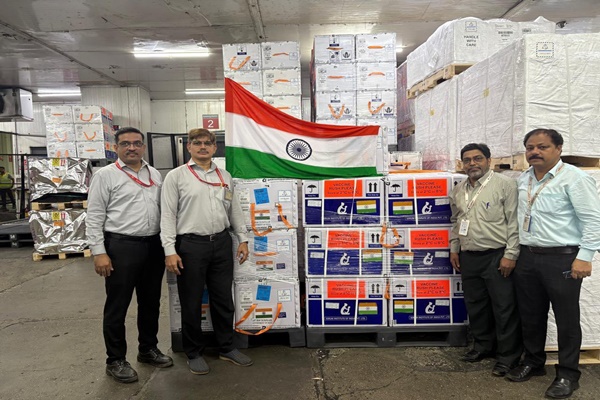
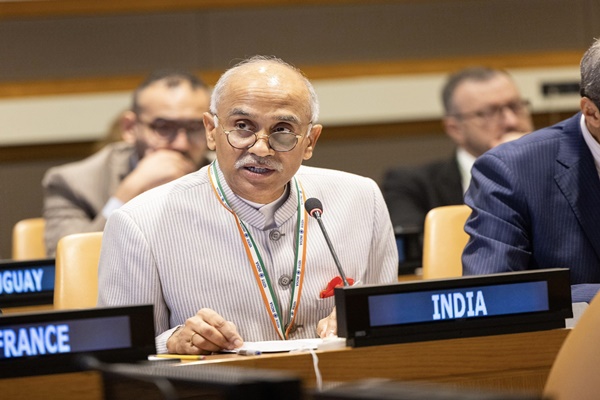
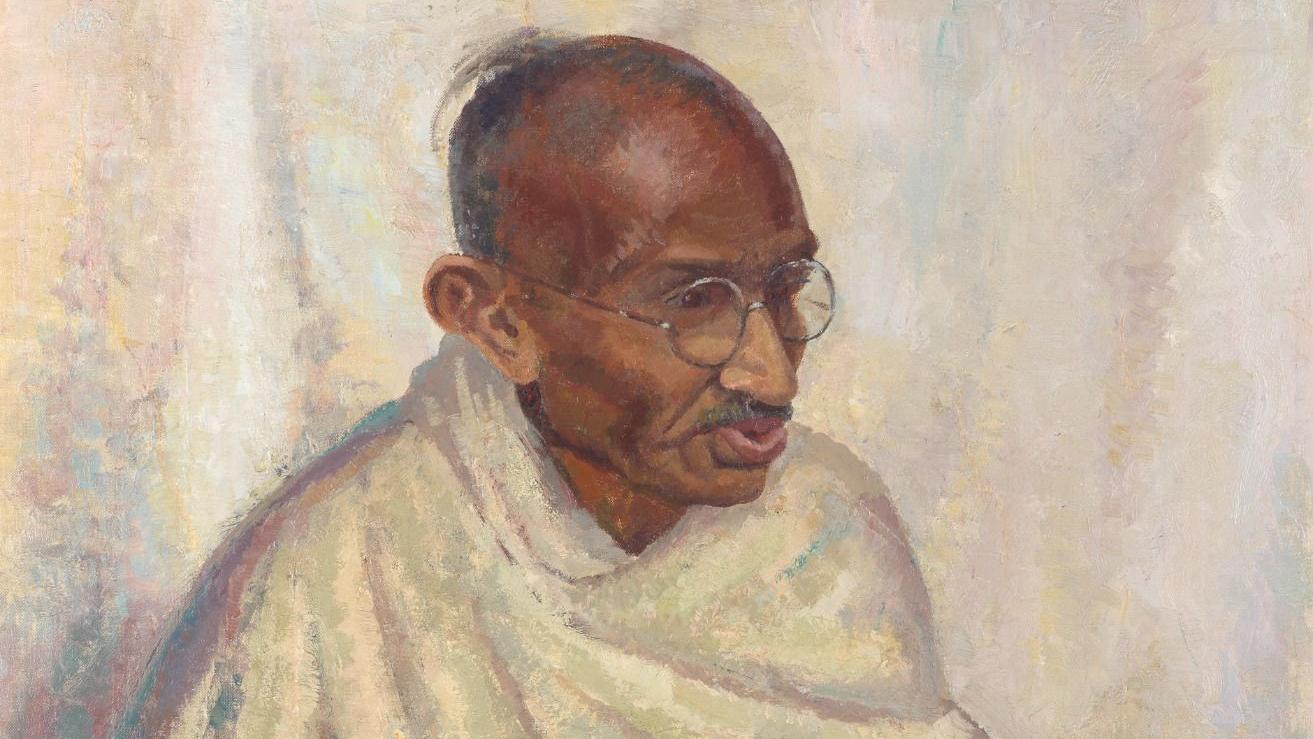
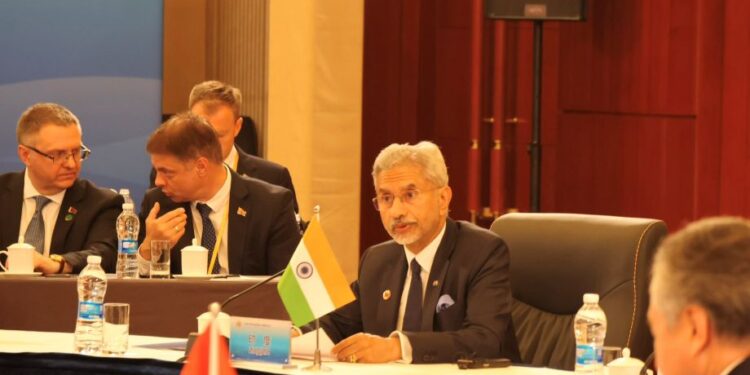
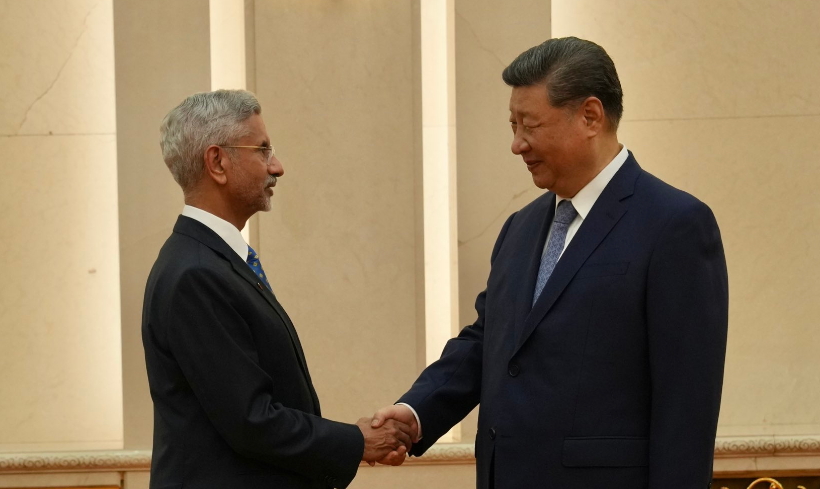
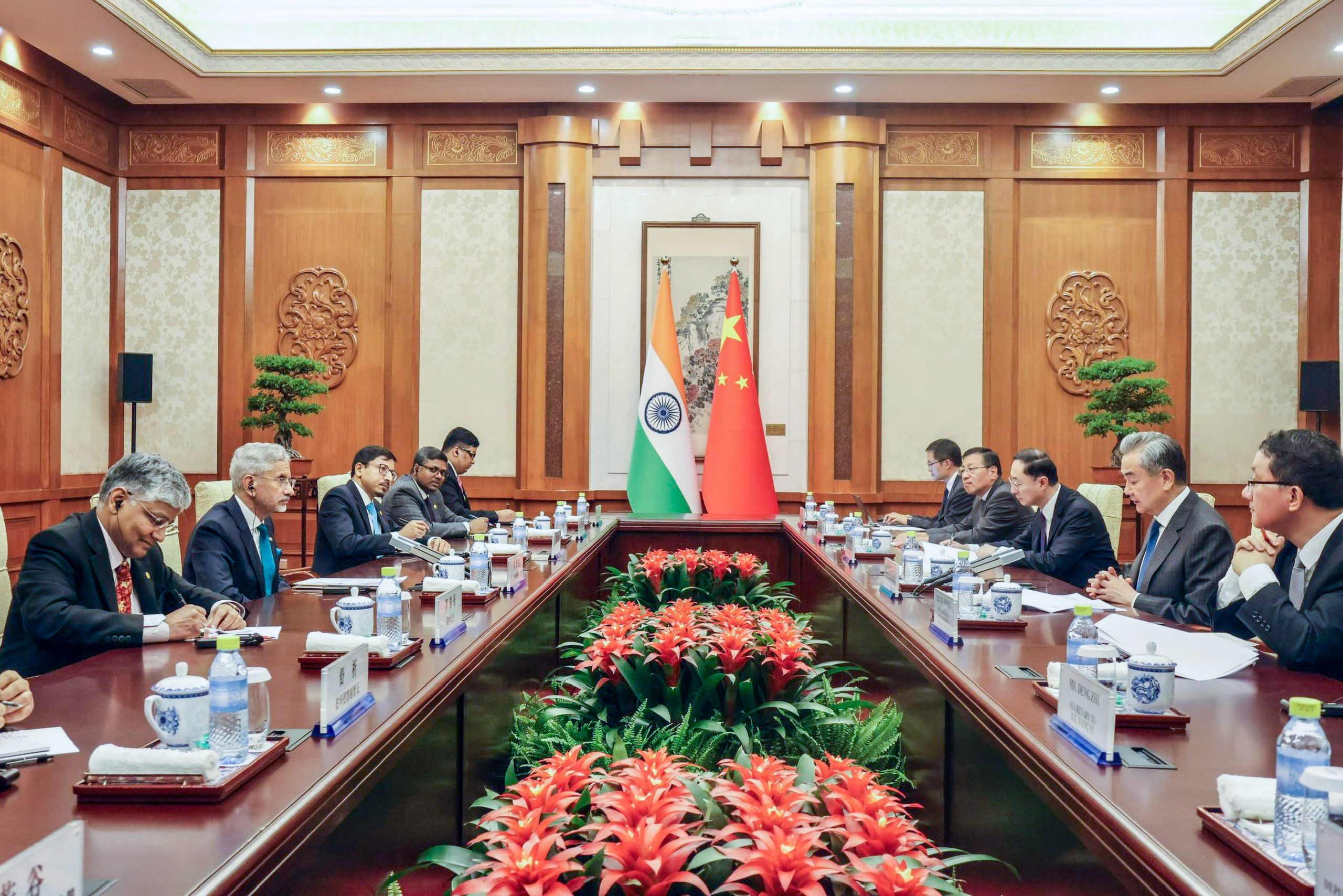

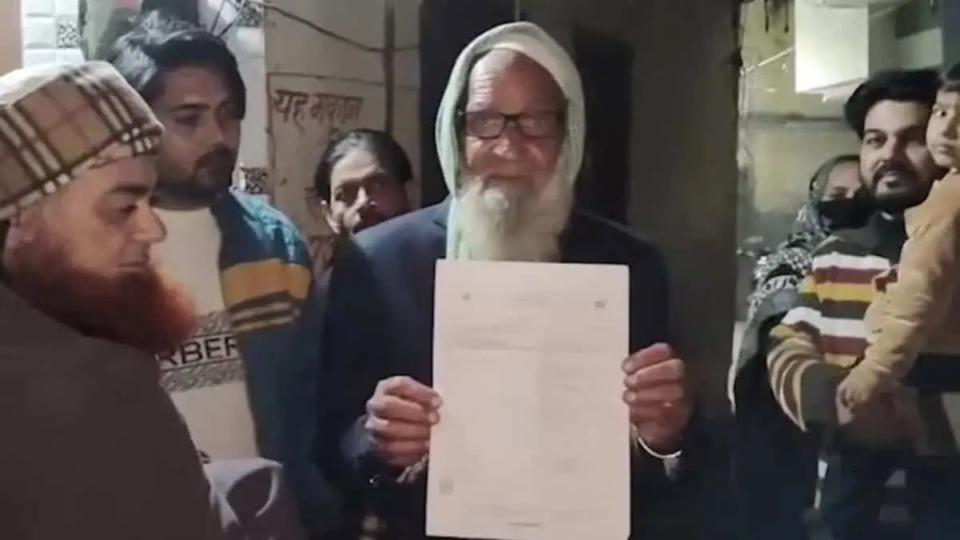
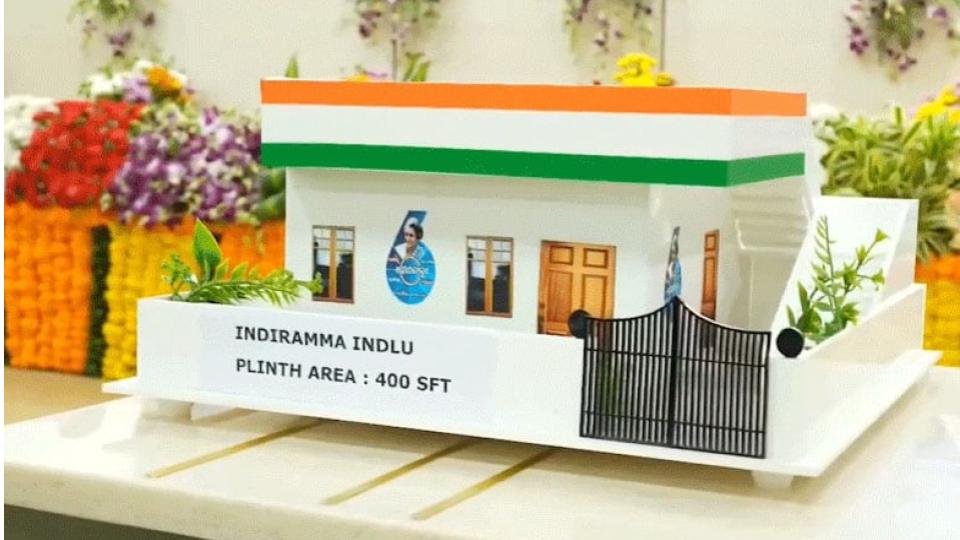
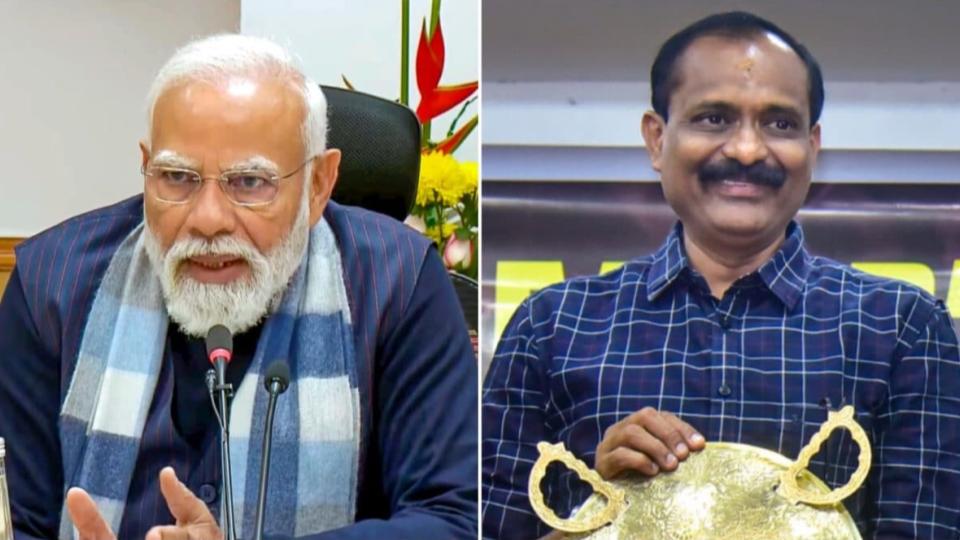


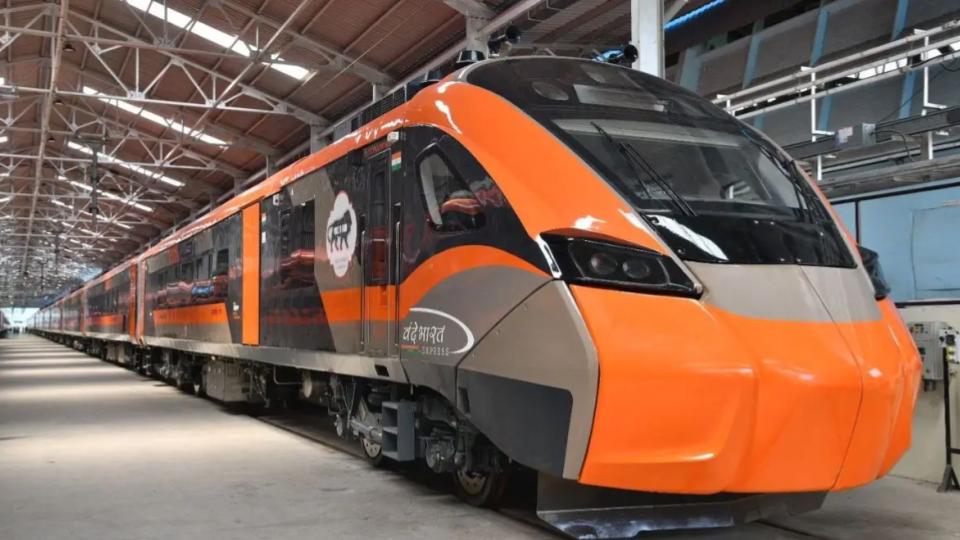

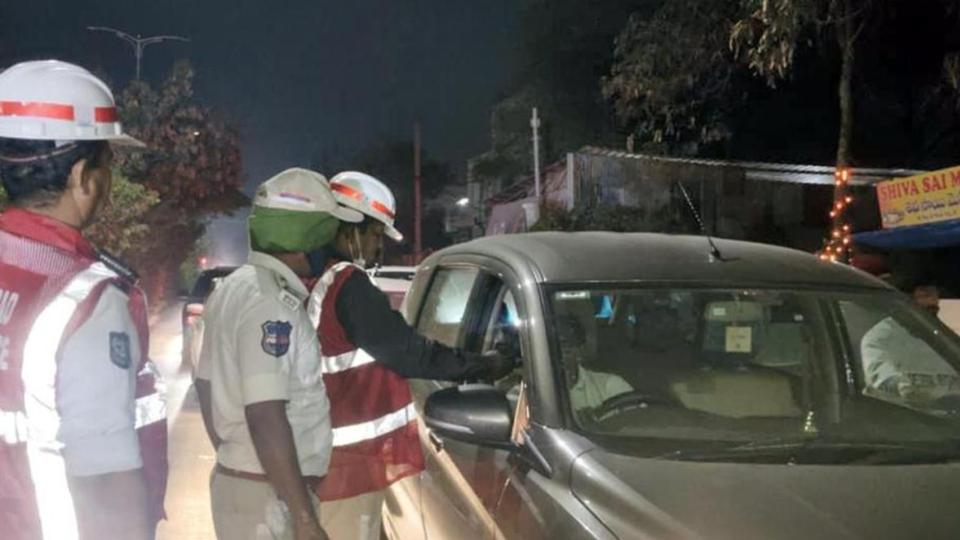
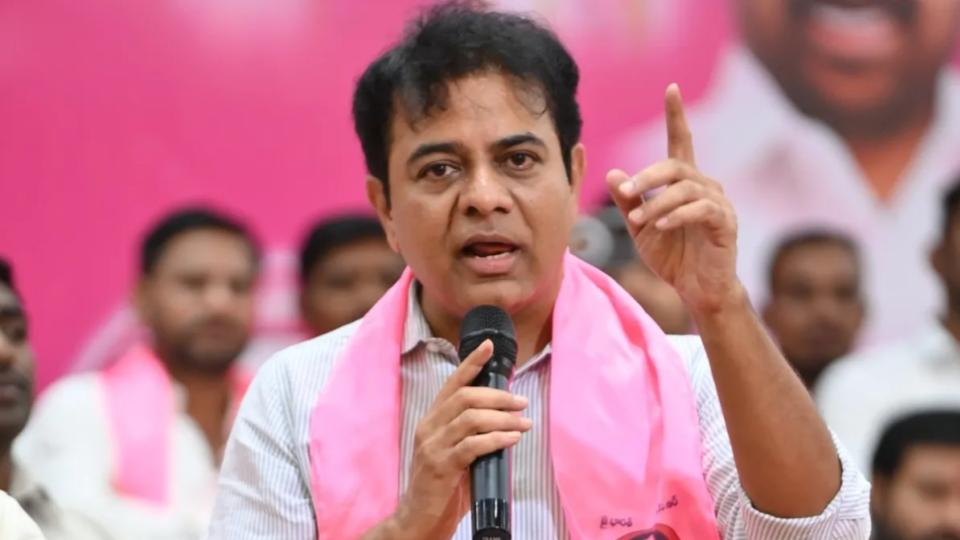
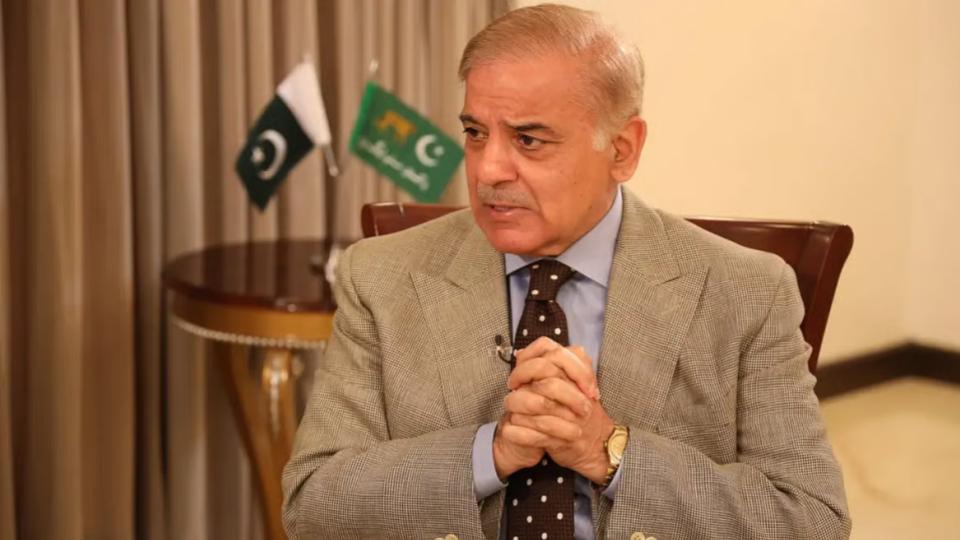
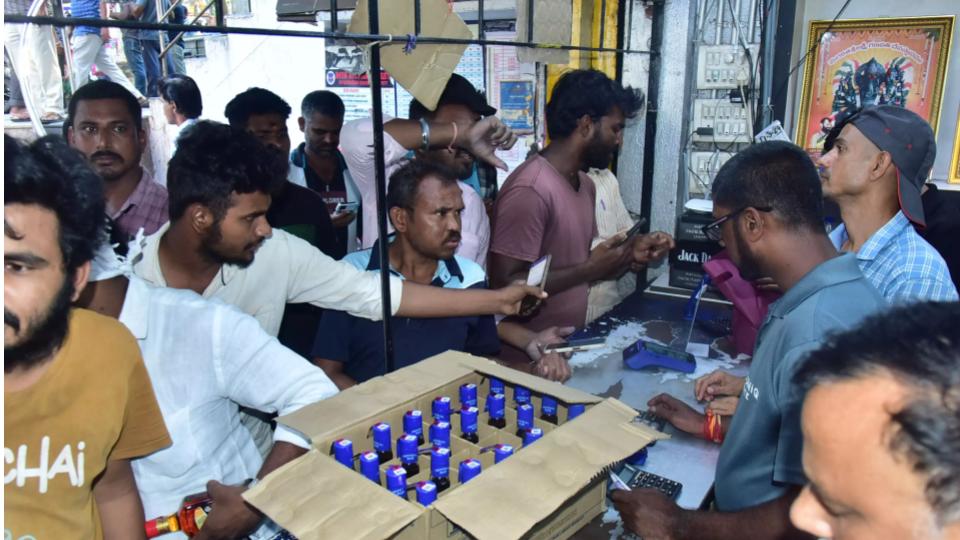












.jpg)
.jpg)
.jpg)


